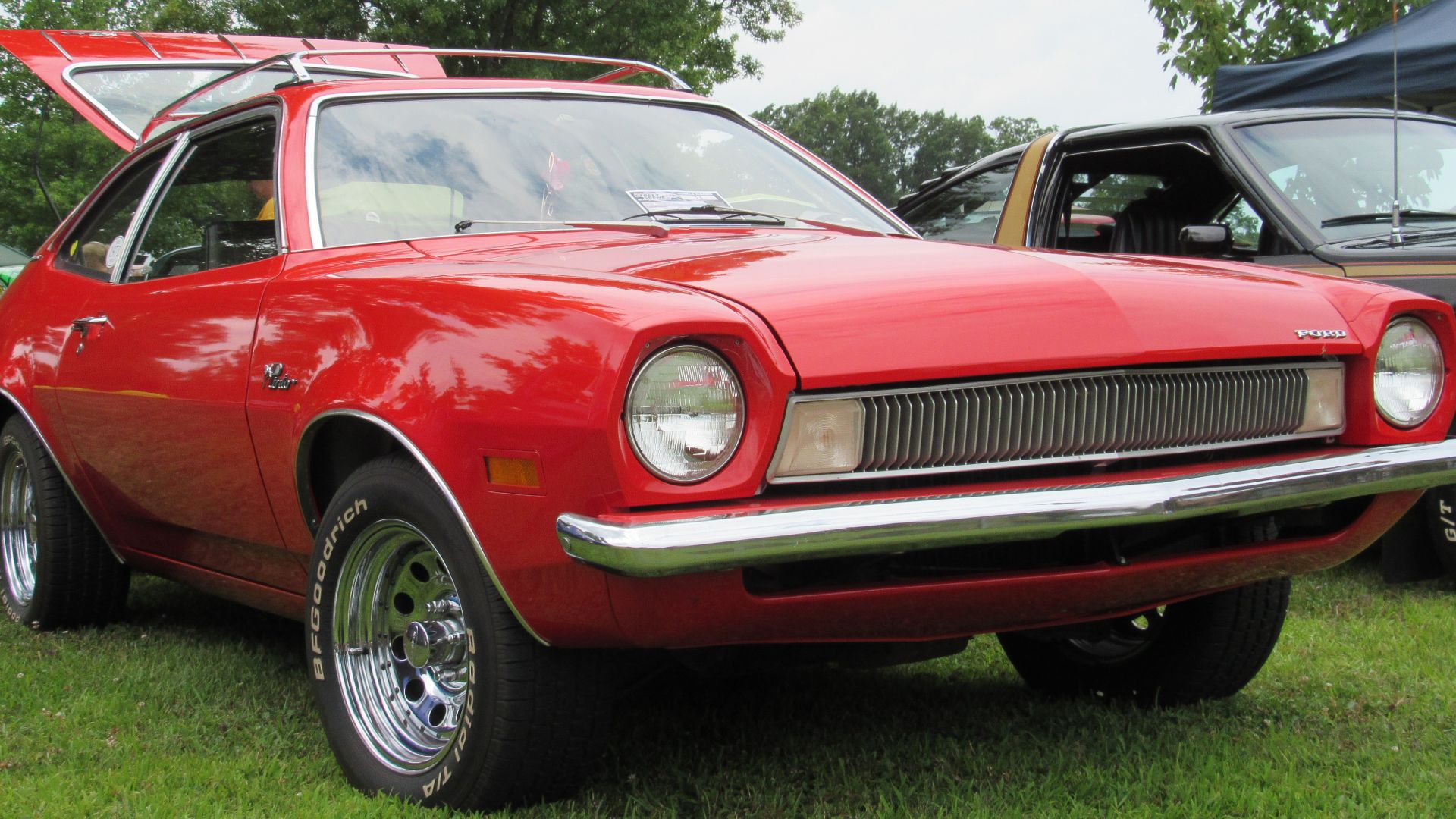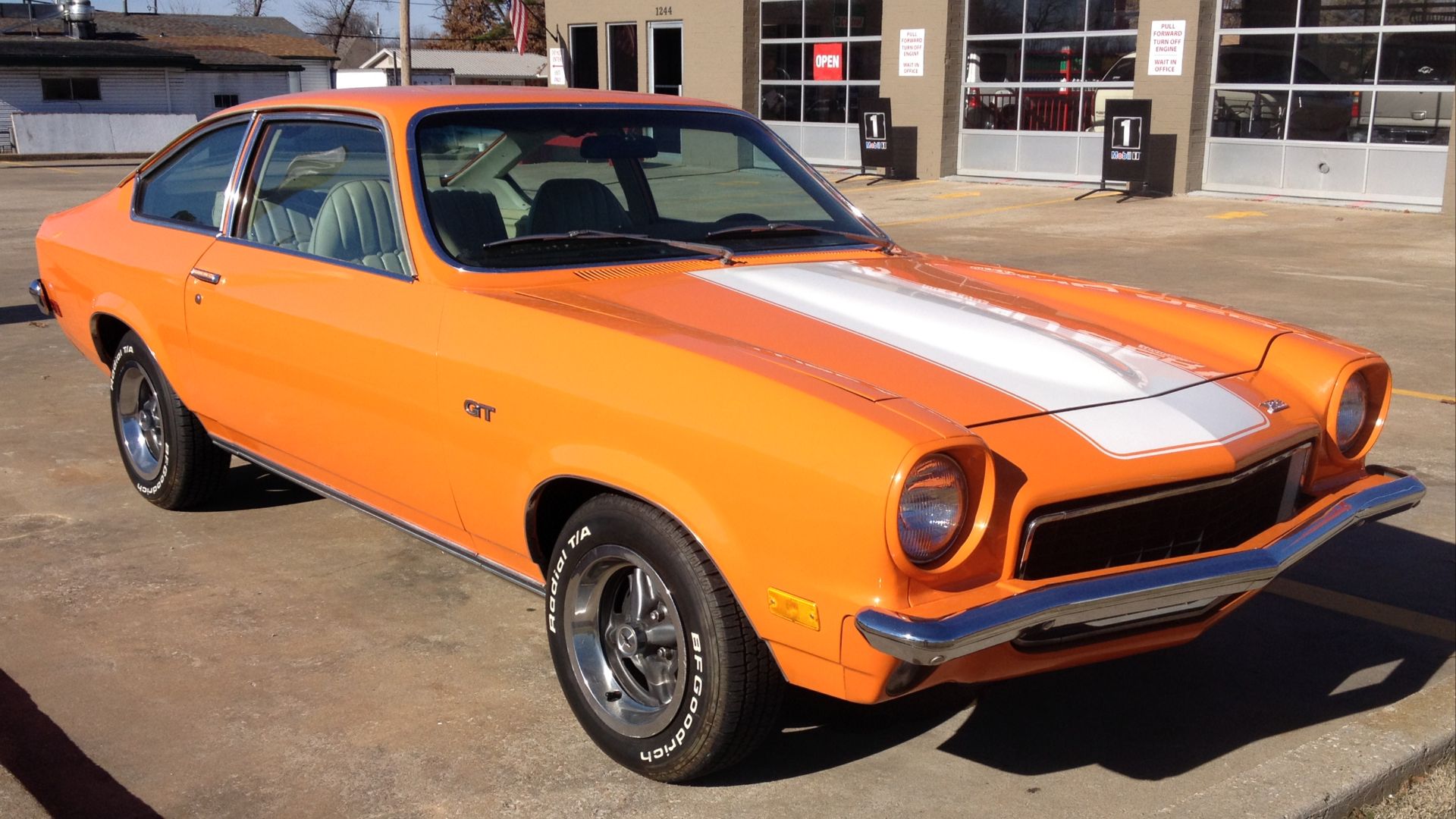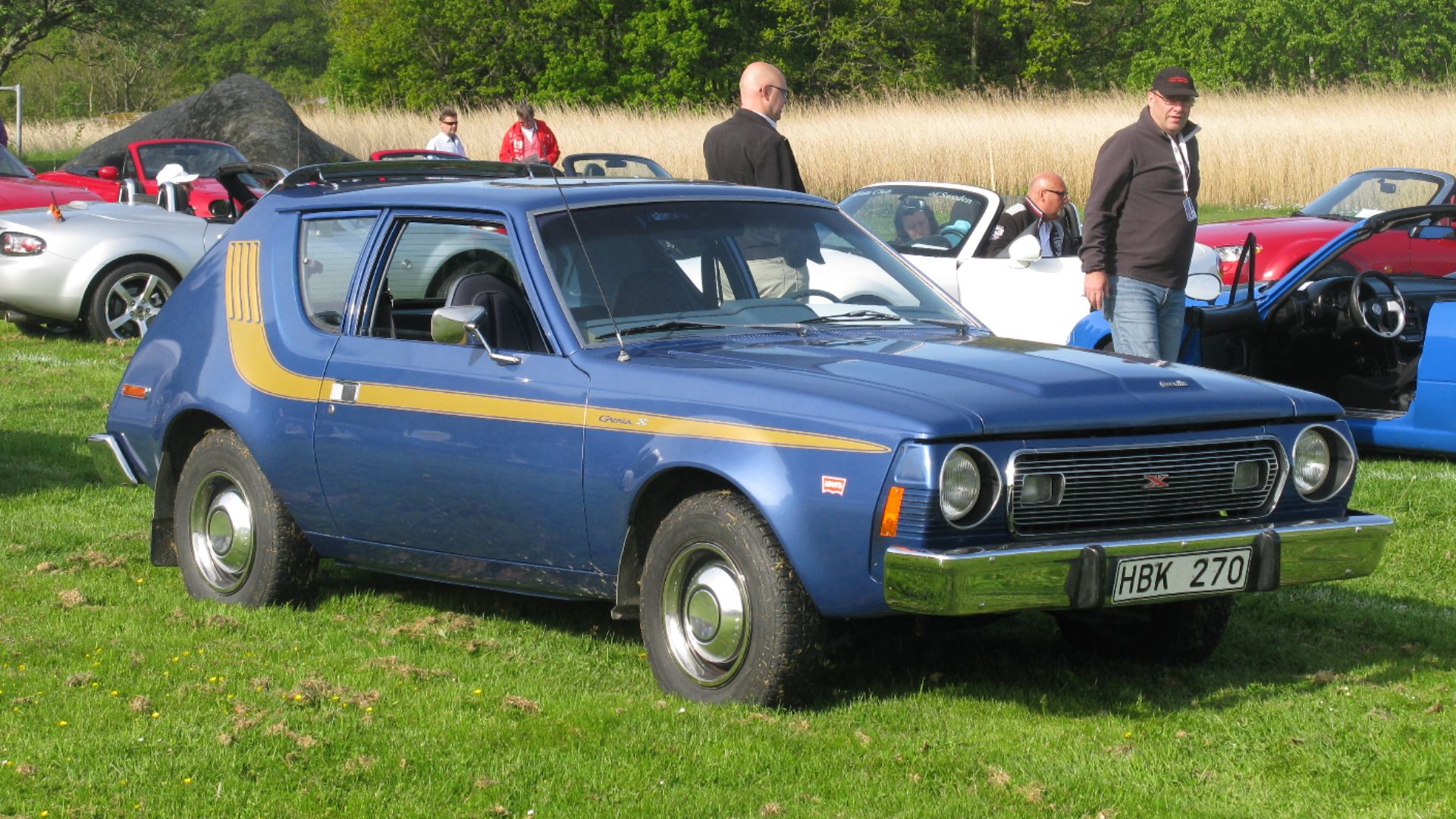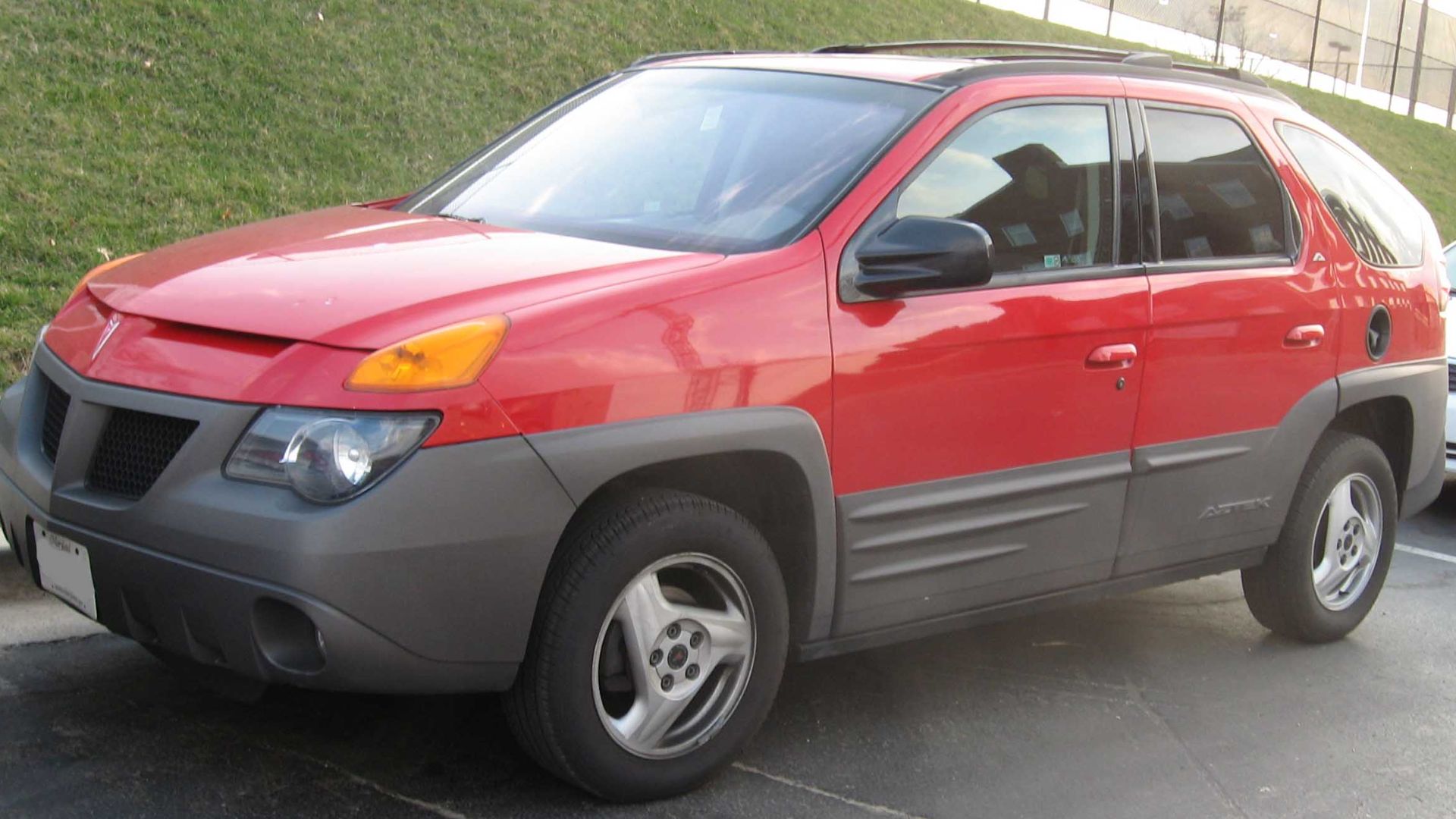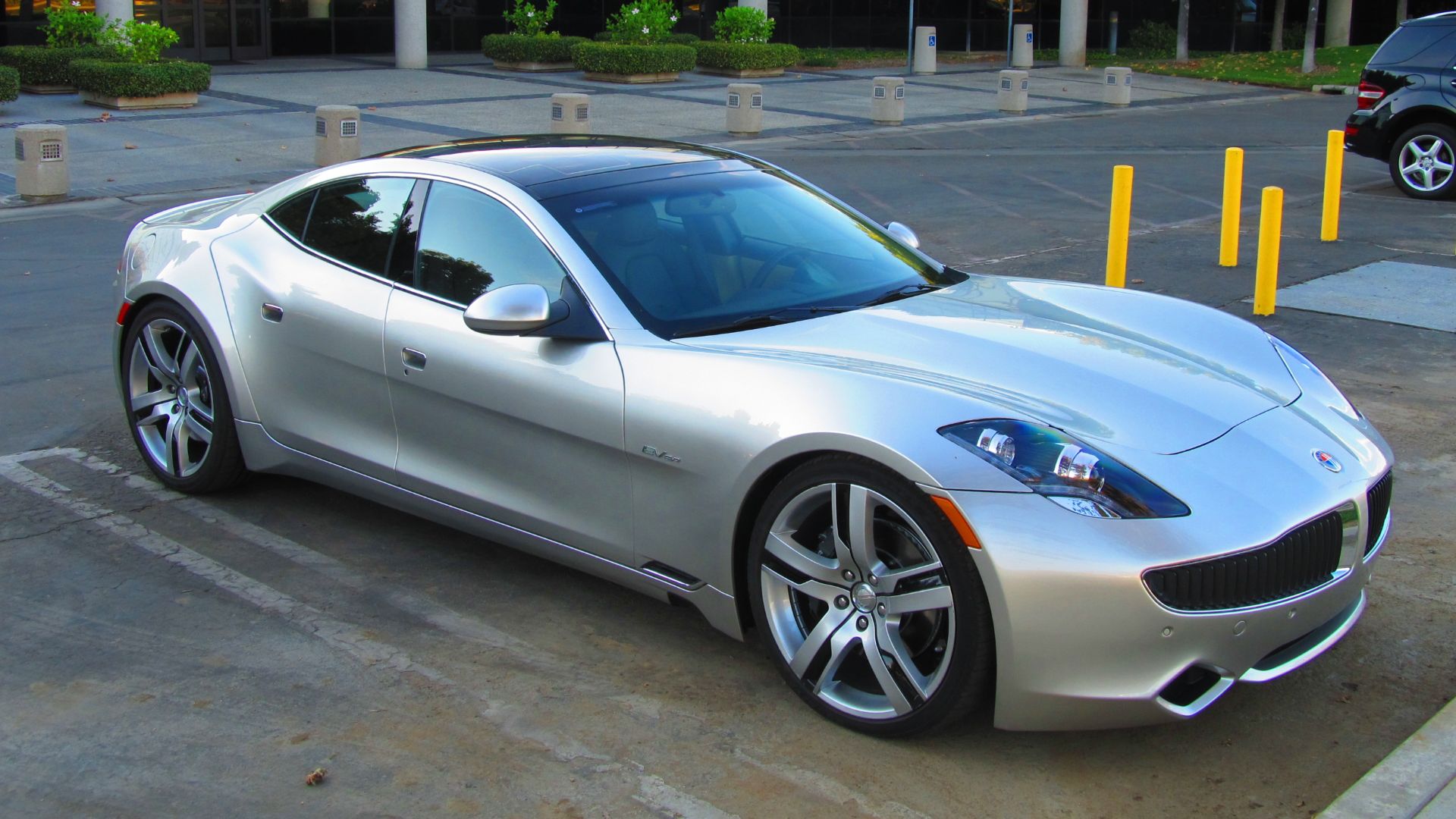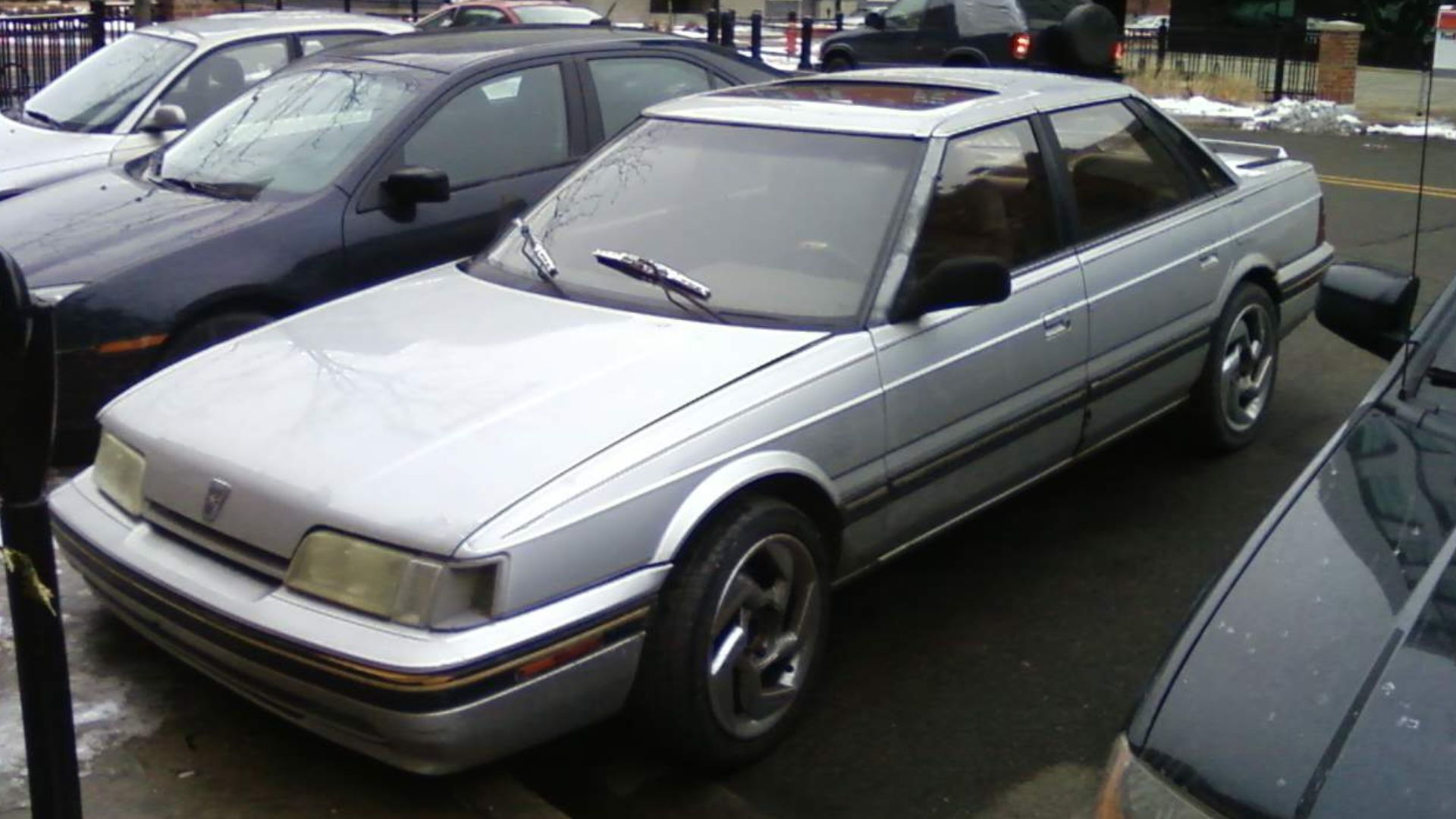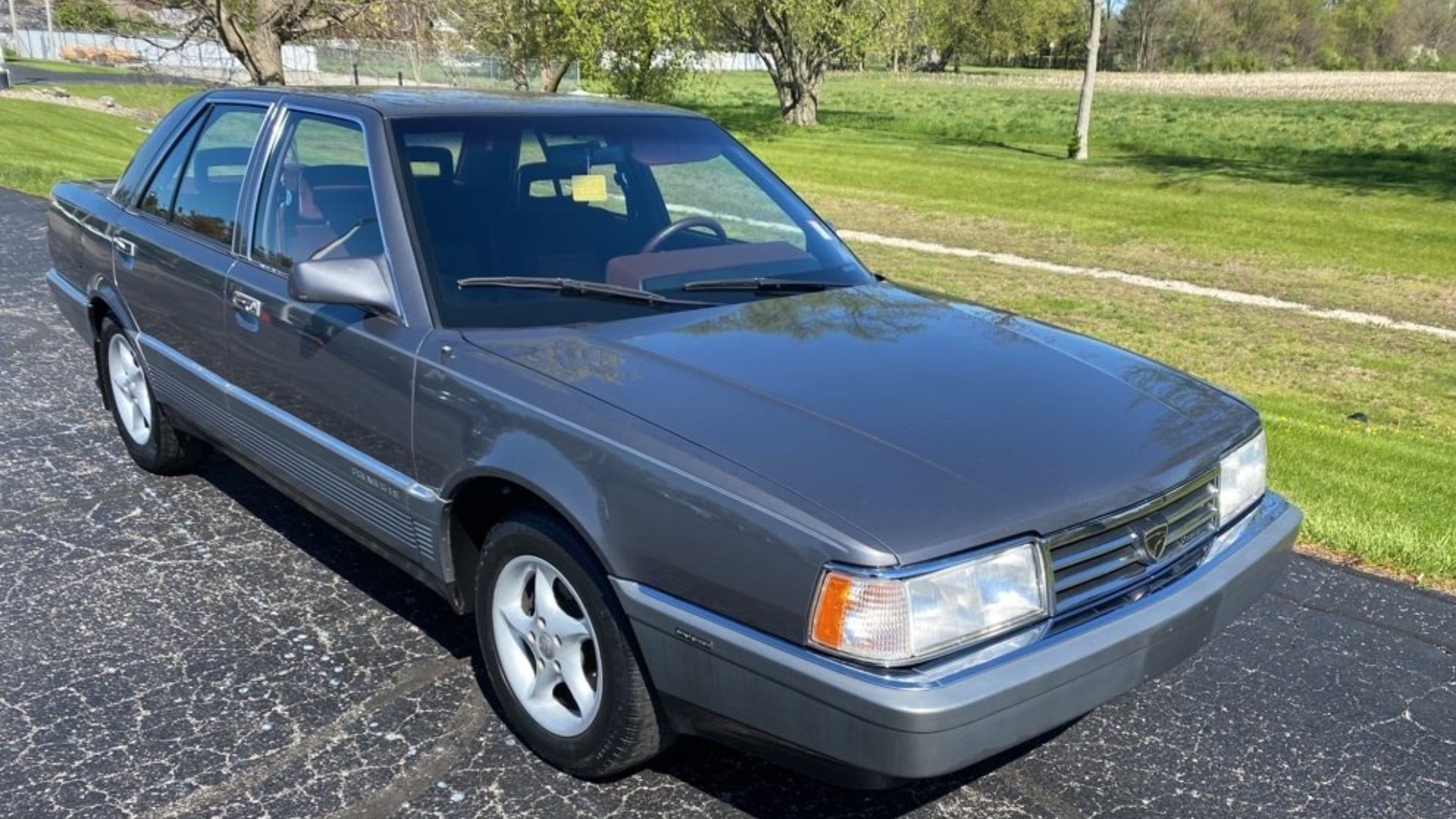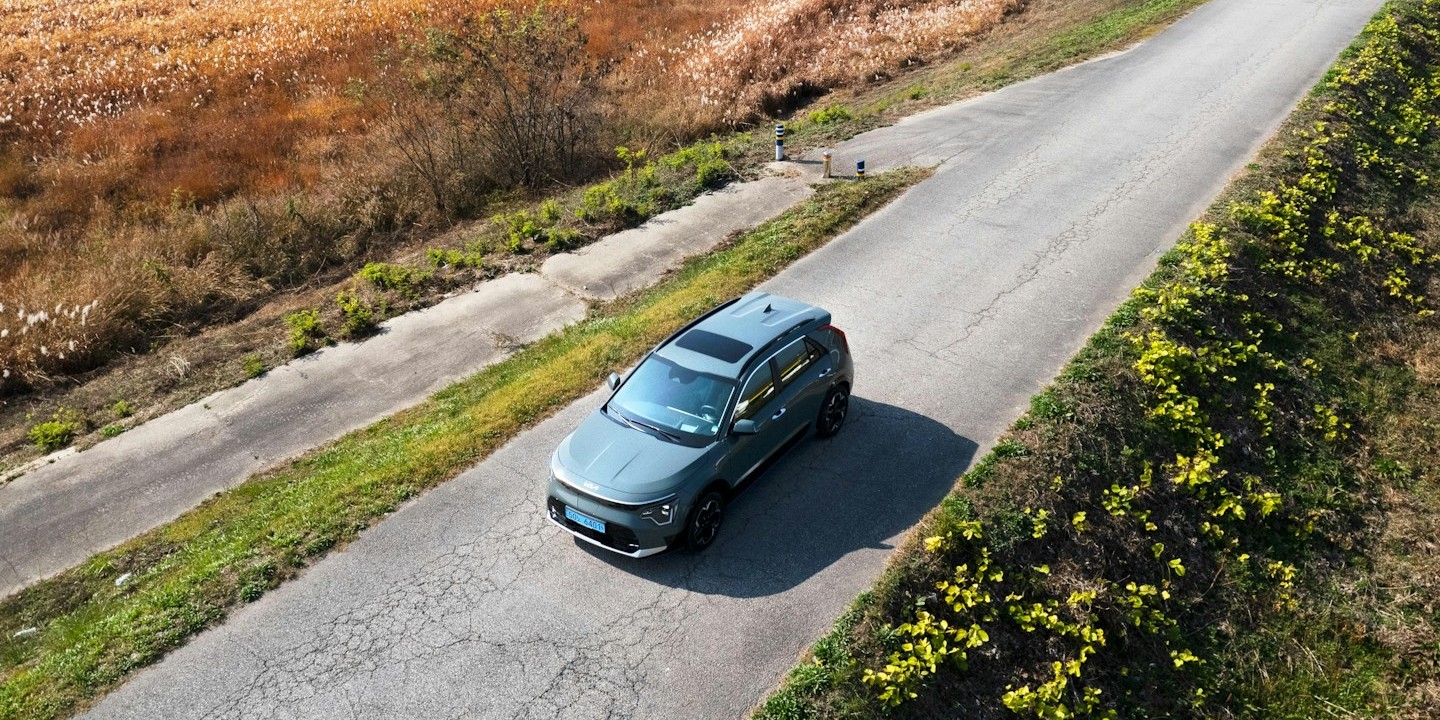When Cars Hit The Market Too Soon
Carmakers have long battled deadlines, often at the expense of quality. In the ’60s and ’70s, a development cycle under three years was considered risky, yet even longer timelines sometimes produced flaws. By the ’80s and ’90s, schedules shortened, and in the 2000s and 2010s, rising competition and tight deadlines often forced automakers to release complex projects before they were fully refined. Here, we look at 20 notable cars that were rushed into production too quickly, showing how haste and pressure often lead to the worst outcomes.
1. Ford Pinto (1971)
The numbers tell a stark tale: while most automakers took 36–60 months to develop vehicles, Ford rushed the Pinto in just 25. Then, one catastrophic fuel tank design flaw sparked over 100 lawsuits; however, this infamously dangerous compact still achieved a staggering 3 million units sold.
2. Chevrolet Vega (1971)
Chevrolet's innovative vertical rail transport system for the Vega showcased their appetite for revolutionary thinking, as did their ambitious two-year development sprint. Yet this rush to innovate backfired spectacularly, with severe rust and engine problems tarnishing the car's initial Motor Trend Car of the Year glory.
3. AMC Gremlin (1970)
Released on April Fool's Day 1970, the AMC Gremlin would prove ironically true to its launch date. Pressed through development in barely a year, this hastily truncated version of the AMC Hornet emerged with engineering compromises that led to handling issues and reliability problems.
4. Pontiac Aztek (2001)
While Breaking Bad transformed the Pontiac Aztek into an unlikely pop culture icon, its original story was one of corporate urgency gone wrong. GM's hurried 30-month development cycle birthed compromised styling and quality issues, though its innovative built-in tent option hinted at unrealized potential.
5. Fisker Karma (2011)
Market pressure to establish dominance in the luxury plug-in hybrid segment drove Fisker to compress the Karma's development into a mere two-year sprint. It courted celebrity adopters like Leonardo DiCaprio but sacrificed essential engineering validation. This haste ultimately manifested in multiple recalls and battery-related fires.
6. Hillman Imp (1963)
As owners reported persistent overheating and water pump failures, engineers traced the Imp's troubles to its improperly adapted Coventry Climax-derived aluminum engine. The culprit: an abbreviated 3.5-year development cycle that sacrificed important testing to rush this Mini competitor into production.
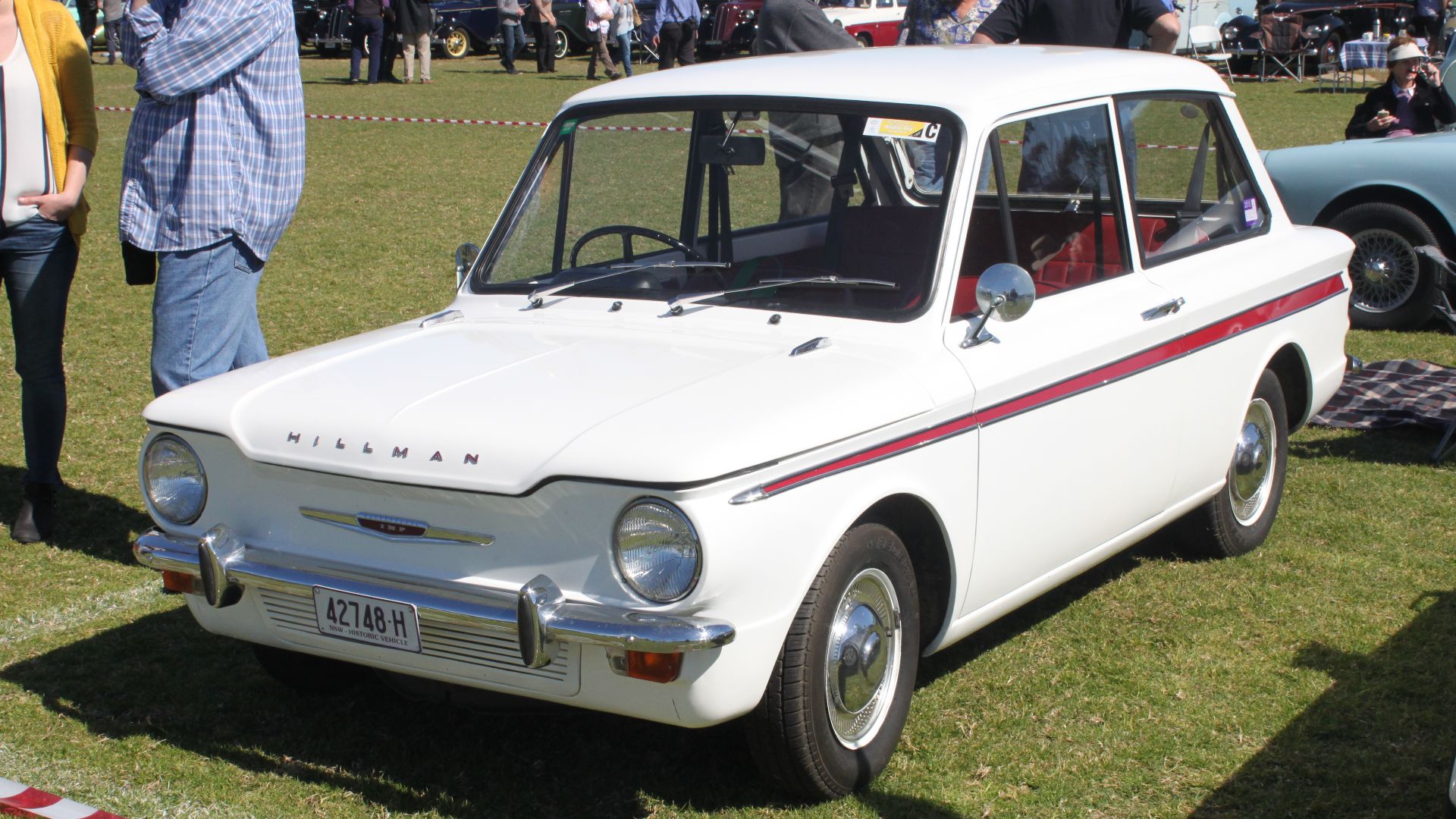 Jeremy from Sydney, Australia on Wikimedia
Jeremy from Sydney, Australia on Wikimedia
7. Morris Marina (1971)
The Morris Marina stands as a cautionary tale in automotive development, where British Leyland's decision to compress design time to just over two years yielded predictable quality compromises. Despite notorious handling and reliability defects, the model achieved a surprising 1970s sales success.
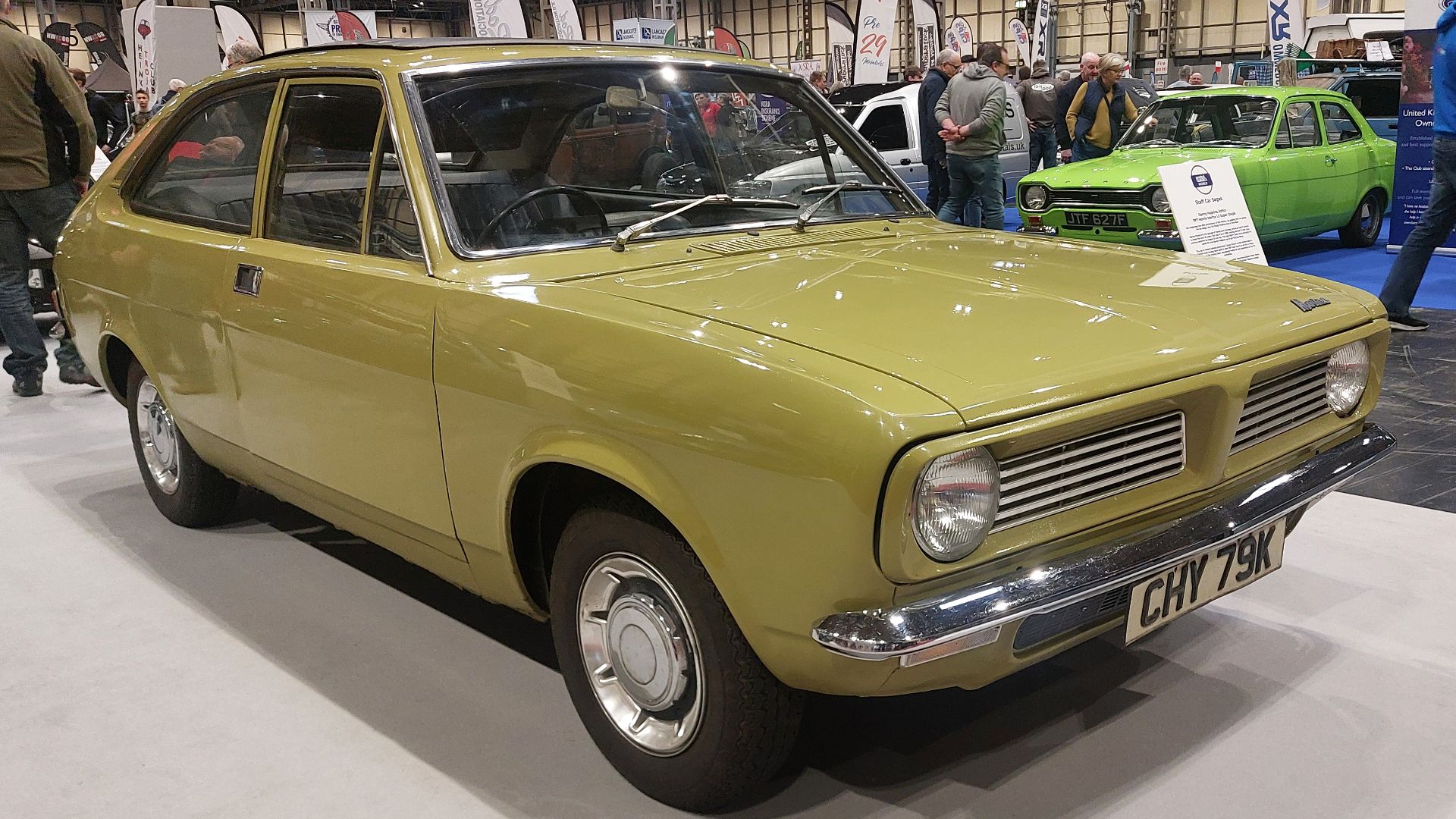 Kieran White from Manchester, England on Wikimedia
Kieran White from Manchester, England on Wikimedia
8. Leyland P76 (1973)
Even after winning Australia's prestigious 1974 Wheels Car of the Year award, the Leyland P76 became notorious for its poor assembly and quality control issues. Driven through a two-year development process, the model's only lasting distinction was its uniquely spacious trunk, capable of accommodating a 44-gallon drum.
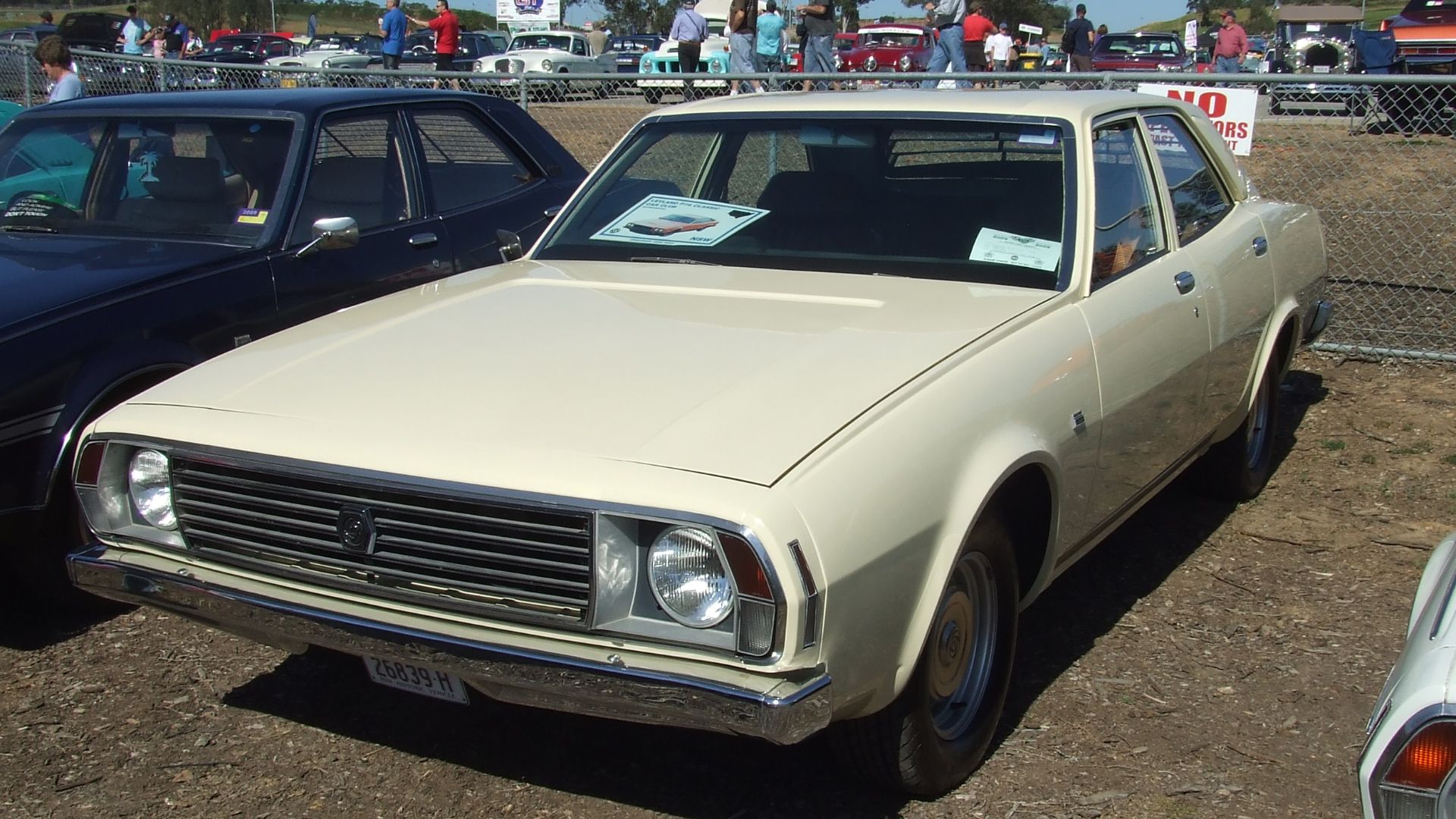 Jeremy from Sydney, Australia on Wikimedia
Jeremy from Sydney, Australia on Wikimedia
9. Delorean DMC-12 (1981)
The DeLorean DMC-12 symbolized an ambitious vision with its rust-resistant stainless steel body, but its hasty 28-month development compromised that potential. Though it later achieved iconic status in Back to the Future, the 1981 production model's weak engine and poor build quality betrayed its innovative aspirations.
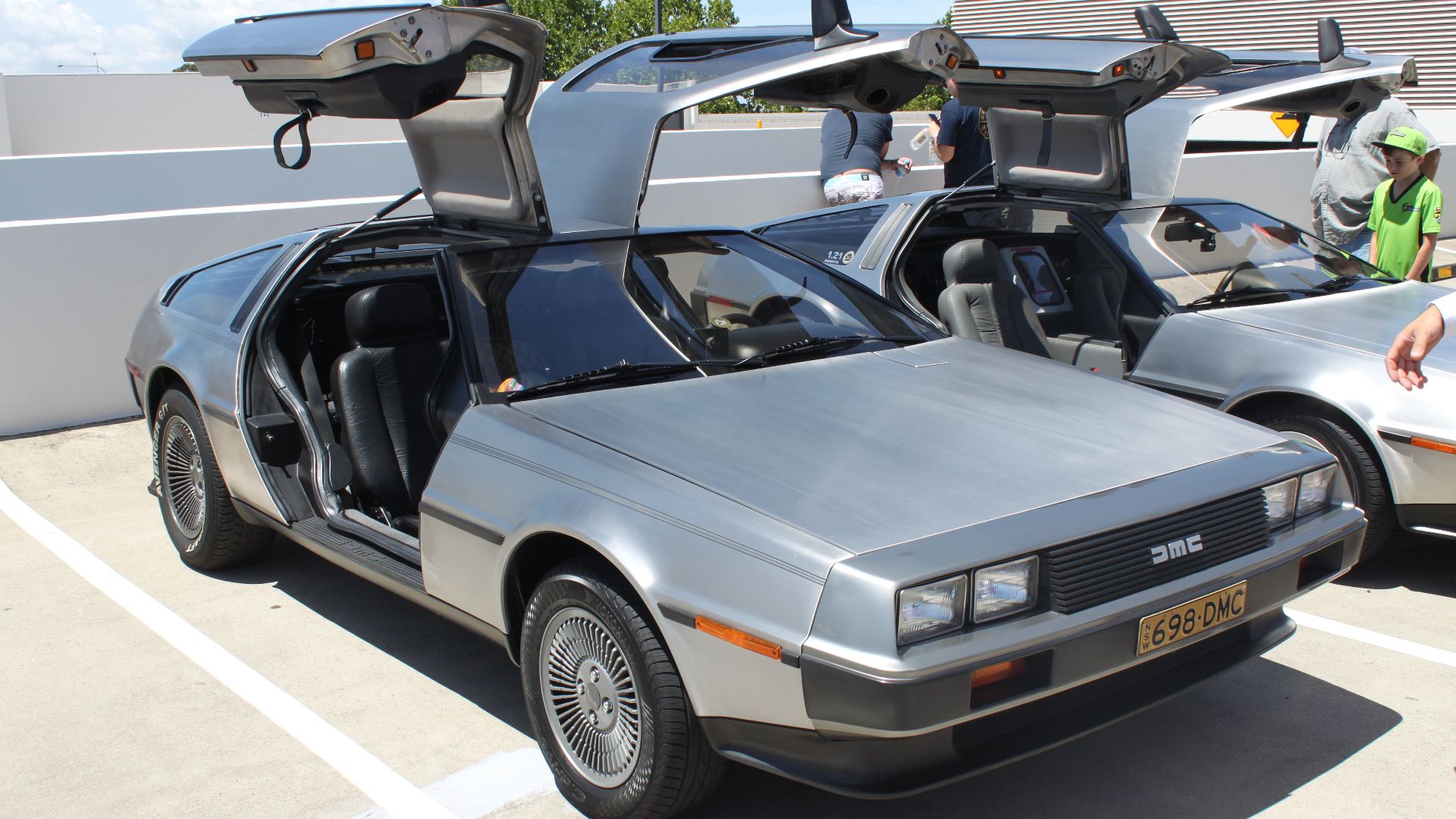 Jeremy from Sydney, Australia on Wikimedia
Jeremy from Sydney, Australia on Wikimedia
10. Sterling 825/827 (1987)
As one of the few British automobiles available in late 1980s America, the Sterling 825/827 represented a rare opportunity to showcase British luxury. However, its rushed two-year development yielded catastrophic quality issues, with electrical failures and poor build quality overshadowing its praised interior appointments.
11. Eagle Premier (1988)
Accelerated rebranding and rapid integration under Chrysler's ownership doomed the Eagle Premier to reliability woes. The model's legacy still lived on through an unexpected transformation—its platform architecture would later underpin Chrysler's triumphant LH series, turning market failure into engineering success.
12. Ford Escort MK V (1990 European Version)
When Ford rushed its Escort MK V to market in 1990 after just three years of development, the consequences for European drivers proved concerning. While sales numbers soared, the abbreviated design cycle left owners grappling with reliability issues, safety concerns, and build quality problems beneath its uninspired styling.
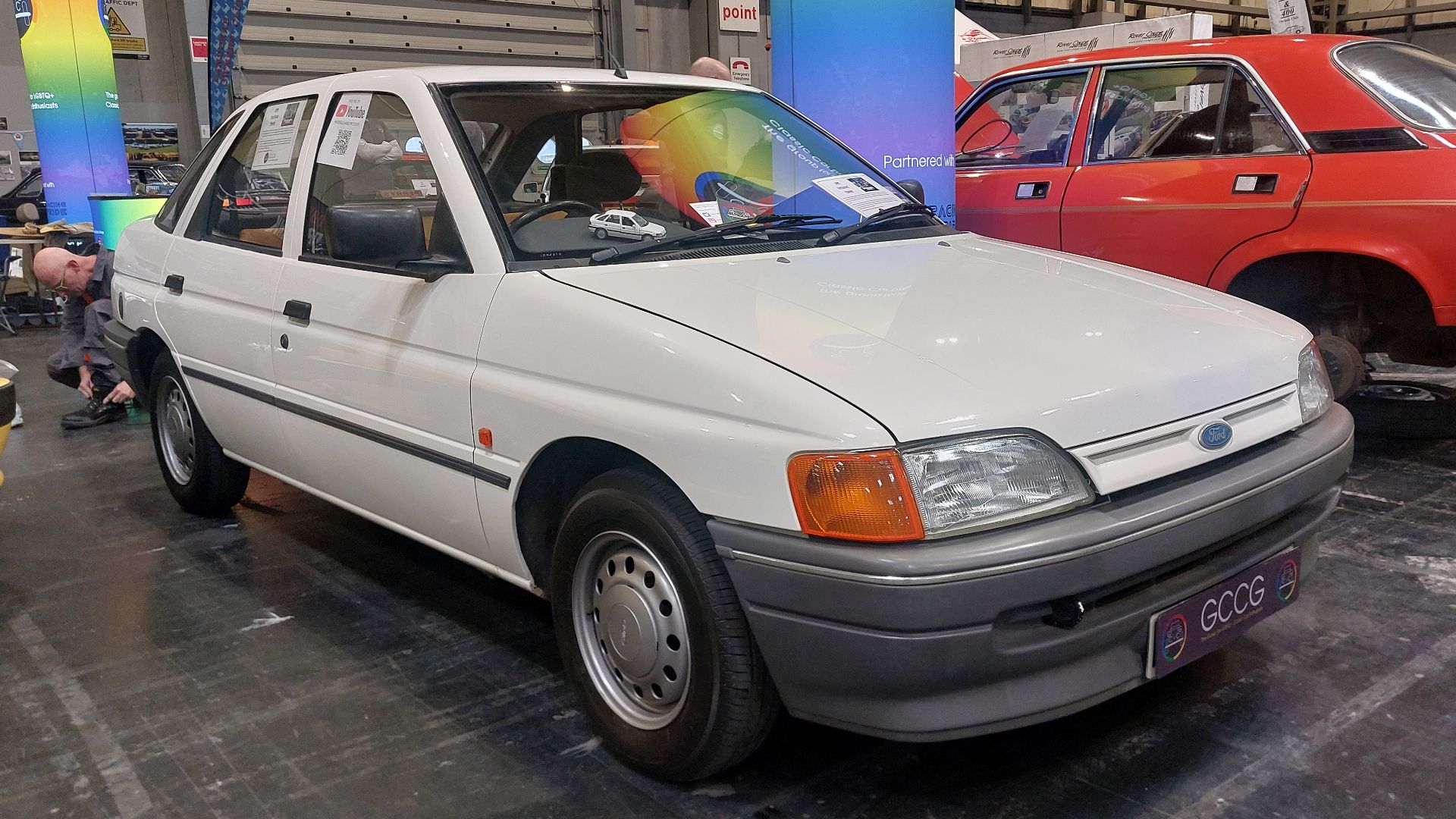 Kieran White from Manchester, England on Wikimedia
Kieran White from Manchester, England on Wikimedia
13. Rover CityRover (2003)
Tata Motors built the Indica for India’s market, but Rover quickly repackaged it for Britain as the CityRover. The fast-tracked two-year localization produced an oddly positioned car—priced like a premium option but plagued by weak build quality. It became one of MG Rover’s biggest embarrassments.
 Tata's Ironic Gift - 2003 CityRover by Twin-Cam
Tata's Ironic Gift - 2003 CityRover by Twin-Cam
14. VinFast VF8 (2022)
Traditional electric vehicle development typically requires extensive testing cycles spanning several years, making VinFast's two-year sprint to launch the VF8 a dramatic departure from industry norms. As Vietnam's first global automotive brand, this accelerated timeline resulted in software glitches and build quality issues requiring post-delivery updates.
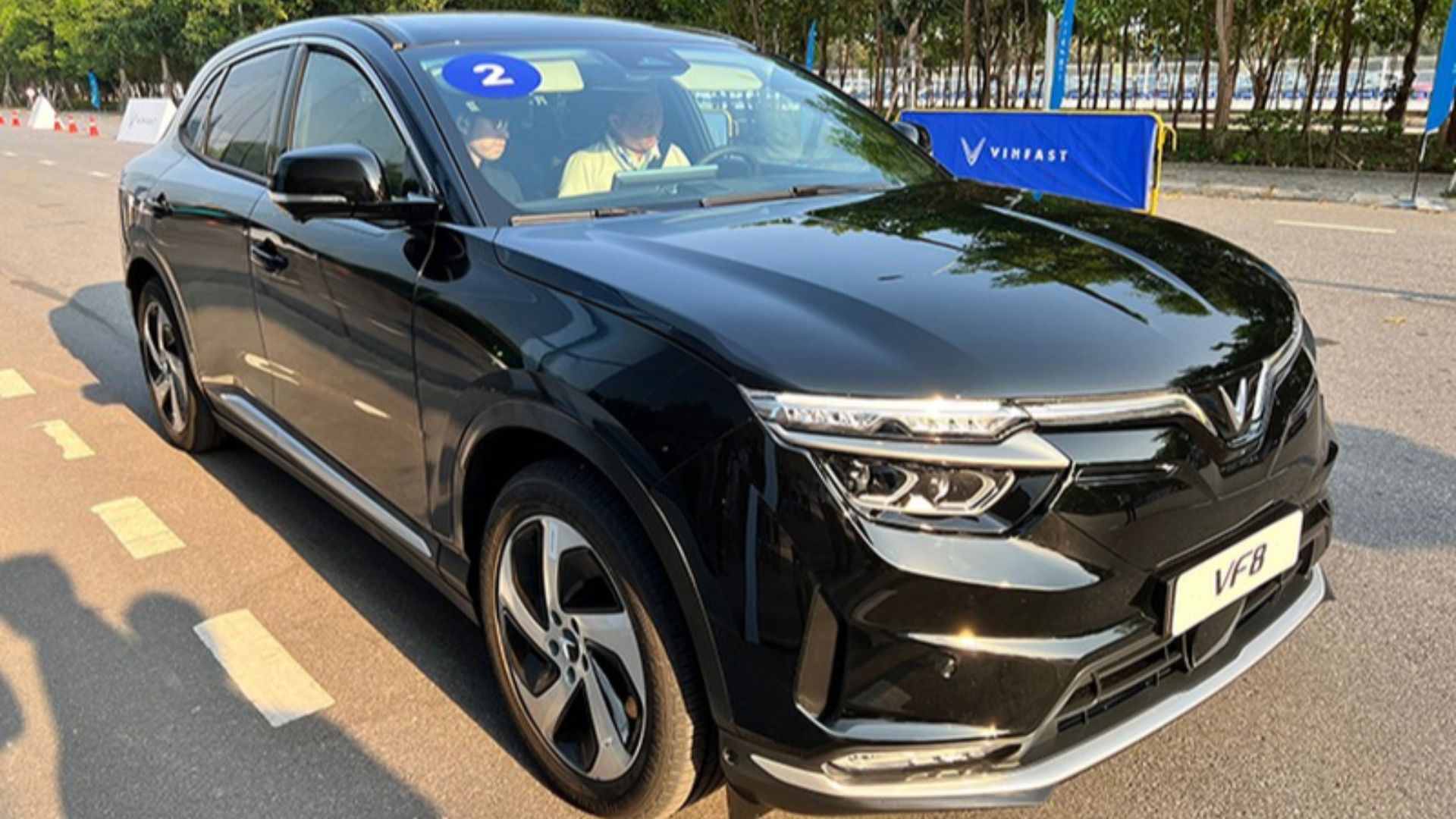 m.kienthuc.net.vn on Wikimedia
m.kienthuc.net.vn on Wikimedia
15. Triumph TR7 (1975)
As Triumph's final sports car offering in America, the TR7 sealed the brand's fate through a series of self-inflicted wounds. Despite ambitious "shape of things to come" marketing, its compressed 28-month development cycle spawned devastating quality and reliability issues that ultimately drove Triumph from U.S. shores.
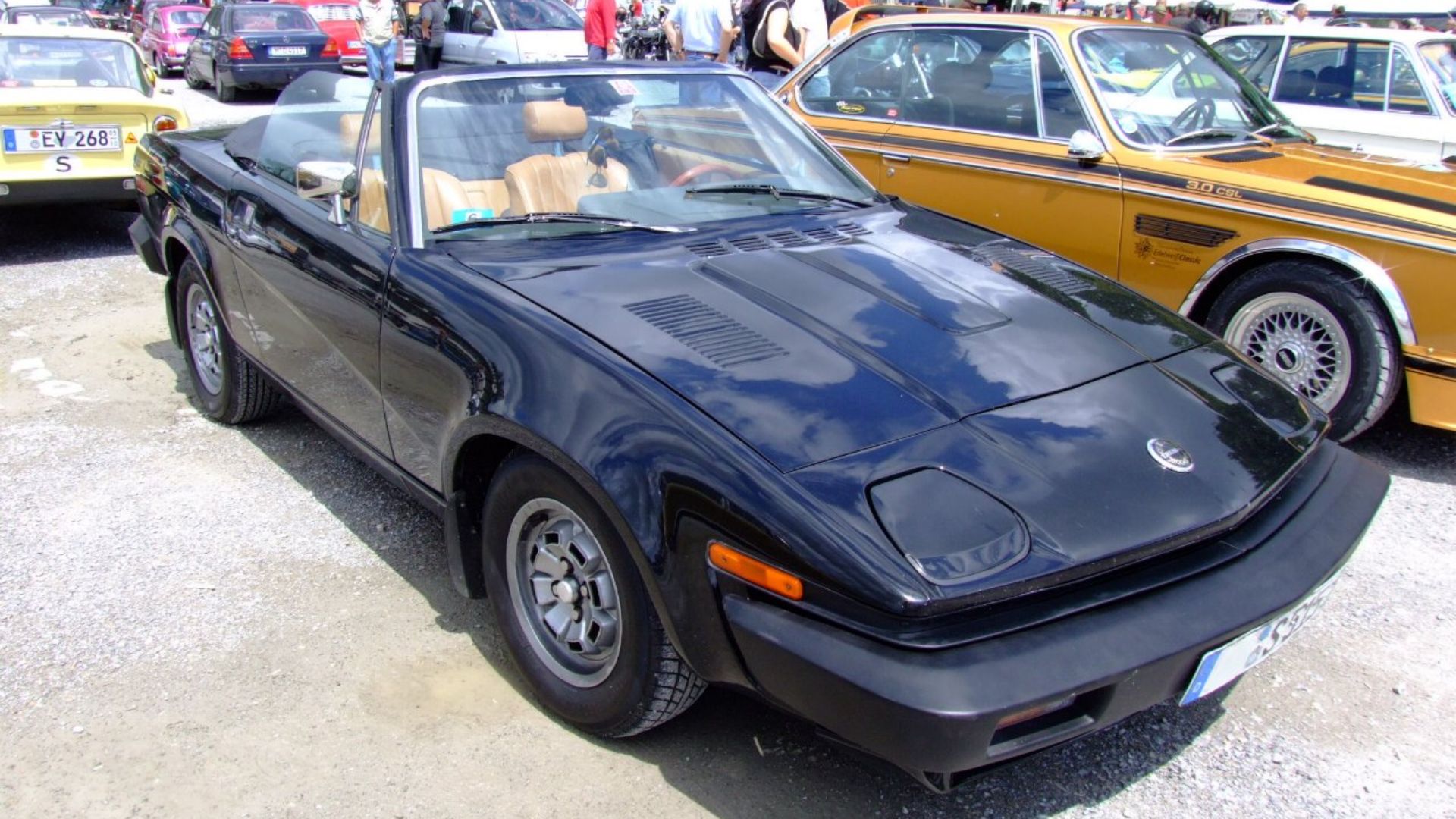 ChiemseeMan at German Wikipedia (Original text: Späth Chr.) on Wikimedia
ChiemseeMan at German Wikipedia (Original text: Späth Chr.) on Wikimedia
16. Ford Edsel (1958)
A staggering $3 billion in today's money—that's the price Ford paid for rushing its Edsel to market in two years. Named controversially after Henry Ford's son, the hastily developed car suffered critical assembly flaws and reliability problems.
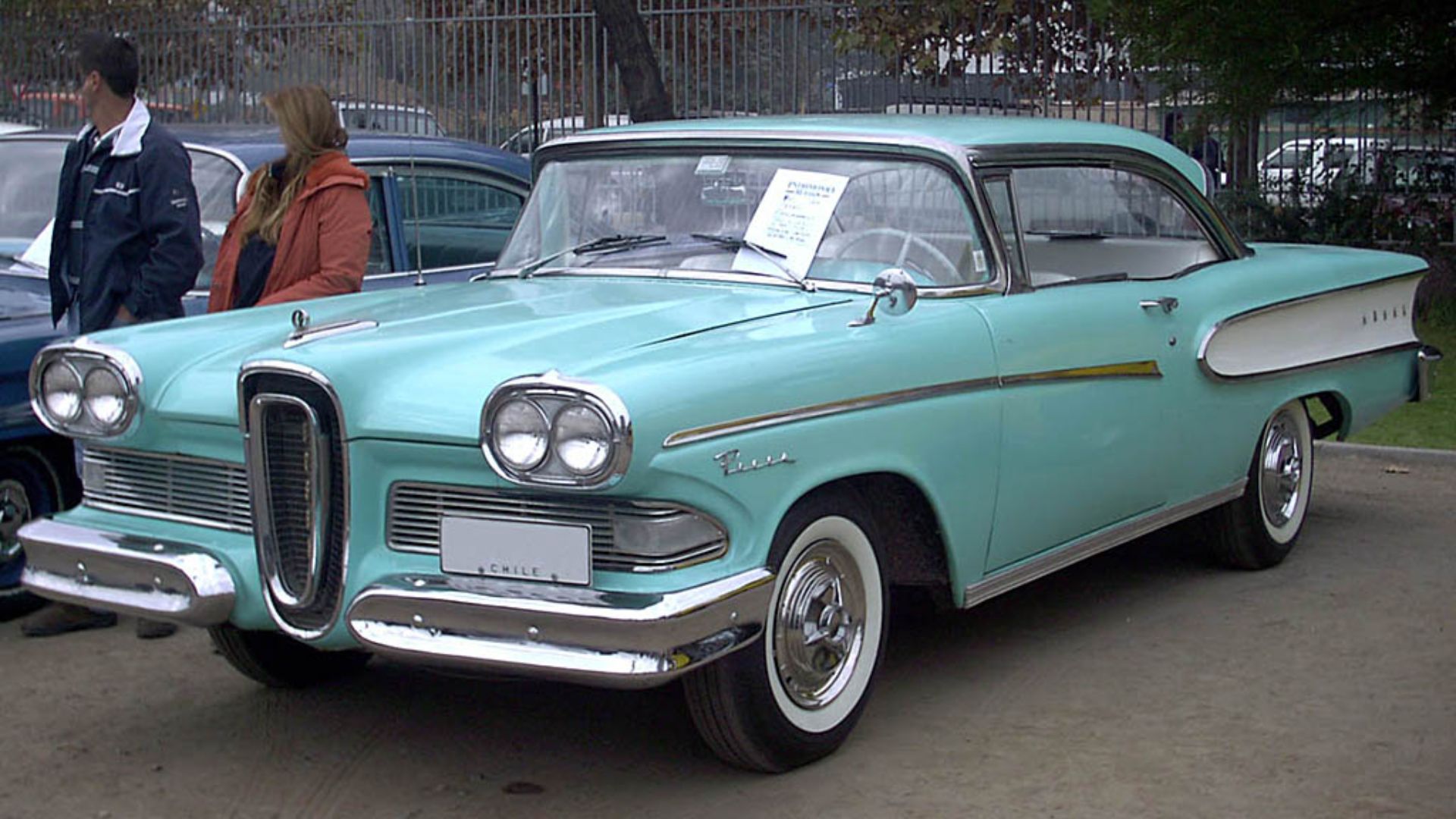 order_242 from Chile on Wikimedia
order_242 from Chile on Wikimedia
17. Pontiac Fiero (1984)
Pushed from concept to production in just two years, Pontiac’s Fiero debuted as America’s first mass-produced mid-engine sports car. Early engine fires exposed premature engineering, yet the troubled model later became a beloved base for inventive kit car projects.
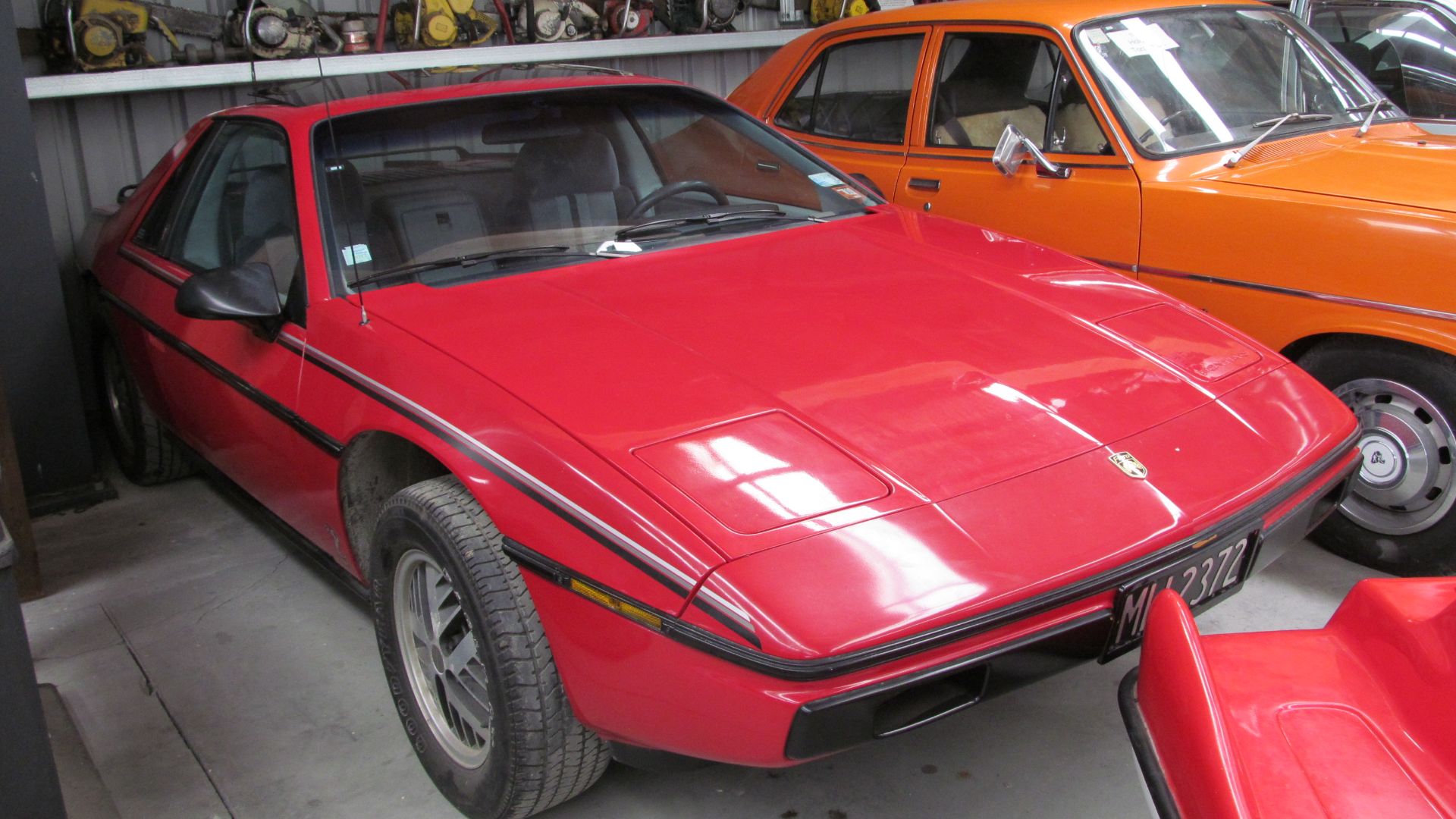 Riley from Christchurch, New Zealand on Wikimedia
Riley from Christchurch, New Zealand on Wikimedia
18. Vector M12 (1995)
A mere seventeen Vector M12s emerged from Megatech's ambitious two-year development program, highlighting the challenges of rapid production scaling. The integration of Lamborghini's V12 engine and Diablo components led to persistent engineering hurdles, ultimately leading to documented quality and reliability shortcomings.
 Vector M12 -TWO of them! by DtRockstar1
Vector M12 -TWO of them! by DtRockstar1
19. Chevrolet SSR (2003)
As retro truck designs captured market attention in the early 2000s, GM hastily transformed its well-received SSR concept into a production reality by 2003. Though innovative with its retractable hardtop and 1940s Advance Design-inspired styling, this rushed development yielded compromised performance and uncertain market positioning.
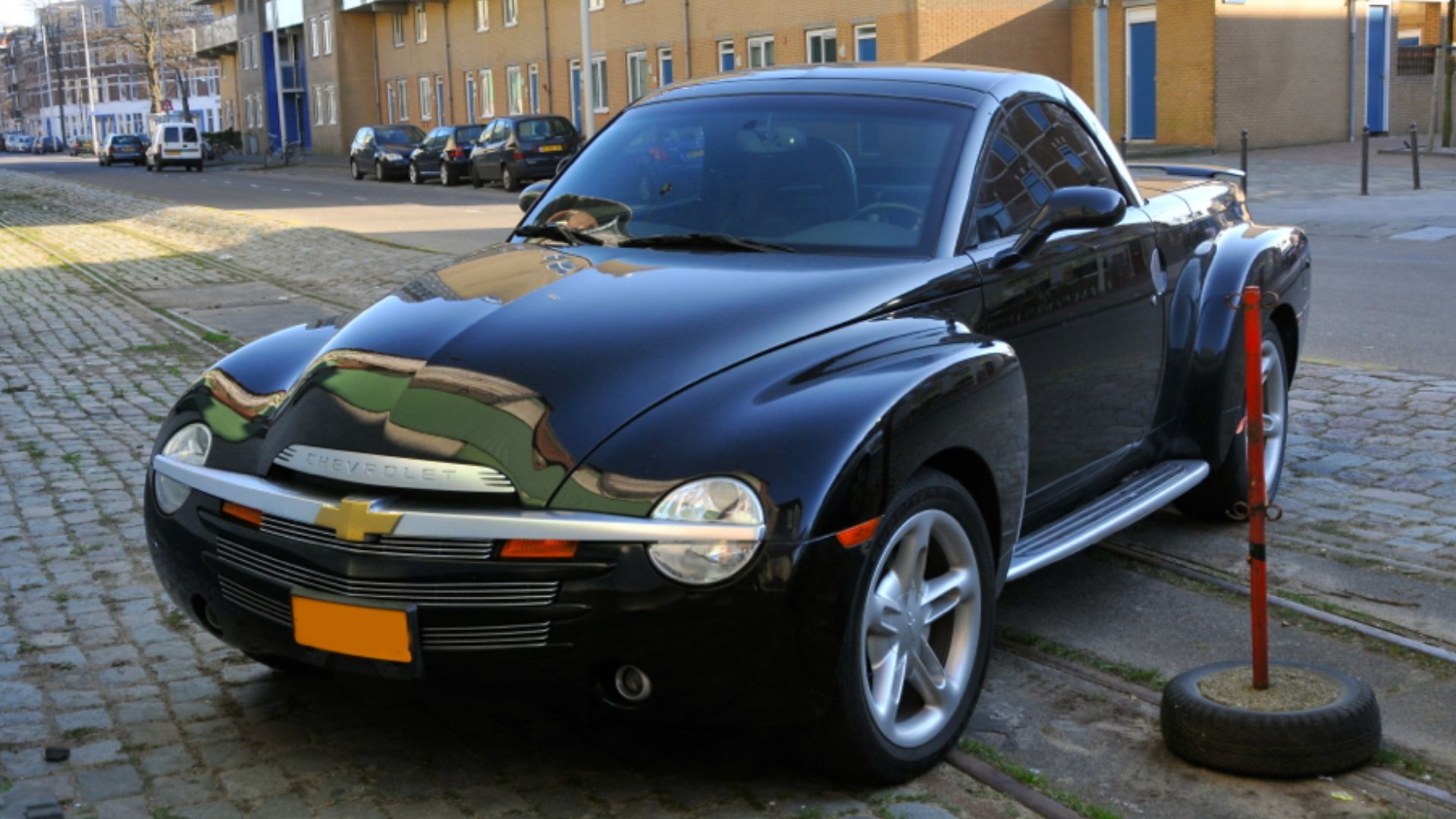 FaceMePLS from The Hague, The Netherlands on Wikimedia
FaceMePLS from The Hague, The Netherlands on Wikimedia
20. MGA Twin Cam (1958)
In 1958, MGA Twin Cam owners began reporting puzzling engine troubles—burned pistons and excessive oil use. Engineers eventually traced the failures to resonating carburetors and high compression issues, clear evidence of a hurried design meant to rival Triumph’s TR3A. Yet it still pioneered four-wheel disc brakes.



